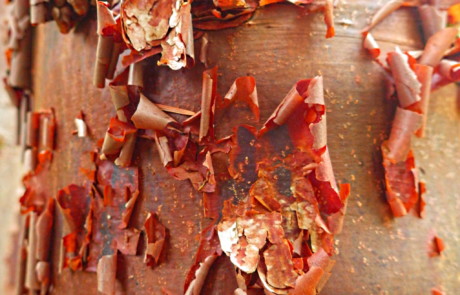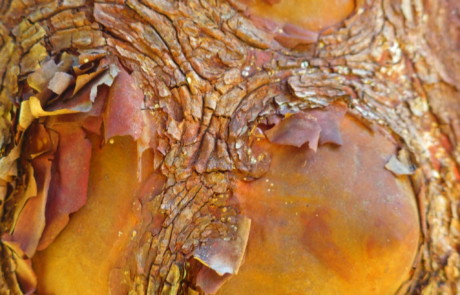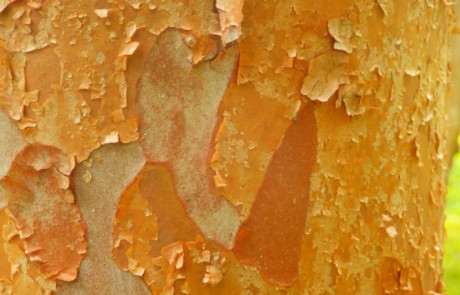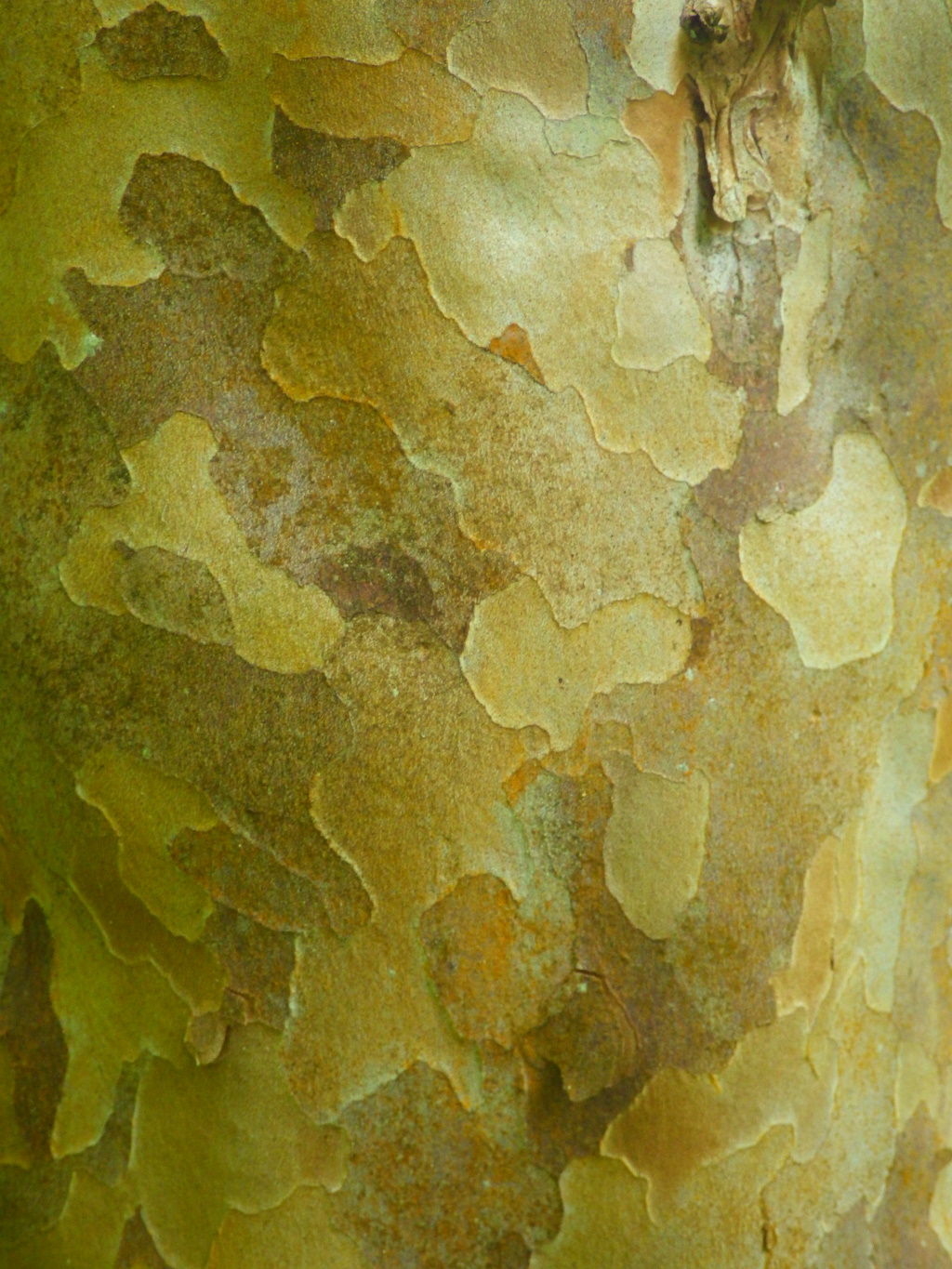The Beauty of Bark
Trees provide us with many things. In a garden setting, they provide flowers, beautiful foliage, and shade for shade-loving plants like moss. Many trees provide eye-catching bark, as you’ll see in the gallery accompanying this article. But the bark on trees or shrubs does more than just look pretty. It performs vital functions for the trees. And humans have also found many uses for it.
A Protective Covering
Trees need bark for a variety of reasons. Chief among them, bark protects the water-conducting wood beneath it from damage and disease. It doesn’t take much to interrupt the crucial flow of water to tree tops. Bark is the damage-resistant barrier between wood and the external environment. Despite its water-repellent properties, however, bark is partially gas-permeable, allowing for the exchange of oxygen from the outside environment to the internal plant cells. Just like animals, trees and other plants need oxygen to survive. Lacking lungs, trees absorb oxygen through most of their physical structures.
Bark also serves as a “warehouse” for storing nutrients over the winter. When leaves change color in the fall, one of the hidden activities going on is that nutrients are transferring from the leaves into the tree’s wood, roots, and bark. This transference serves as a way for the tree to conserve nutrients to give itself a speedier start for new growth the next spring.
A Comfortable Landing
At Bloedel Reserve, tree bark plays an extremely important function on the trail system. There are several reasons Bloedel’s trails are known for being comfortable to walk on. Chief among them is the bark we use. Specifically the staff uses fine grade Douglas fir (Pseudotsuga menziesii) bark chips that have the smaller, powdery pieces removed. These bark chips make a visually pleasing trail that is also a pleasant walking surface.
A Versatile Resource
Humans have found numerous uses for bark over the centuries — repurposing it into everything from paper and clothing to rope and even a food source. If you like wine, you are already familiar with another use for tree bark: bottle corks. Corks are made from the bark of a tree called, not surprisingly, Cork Oak (Quercus suber). Corks are produced from the external layer of bark that is actually anatomically called the “cork.” In cultivation, cork is generally not harvested until the tree is at least 25 years old. It is then harvested every 7 to 10 years. At that point, the cork can be removed directly without the need to cut down the tree.
There are two Cork Oaks at Bloedel Reserve, one in the middle of each island in the paved parking area near the front gate. These trees are still quite young and don’t have thick enough bark to use for cork. Bloedel’s trees are planted primarily for their aesthetics and their ability to tolerate a parking lot environment. So please don’t pick at the bark. It’s best to just look at these specimens or touch them very lightly.
As you walk trails at the Bloedel Reserve, you’ll find many trees you can touch. Be sure to take time to look closely at and feel the texture of the bark on the different trees you discover. Bark colors, textures, and patterns help to distinguish one species of tree from another. You’ll be surprised to see just how many variations there are.
Content and photos provided by Bloedel Reserve Moss Garden Specialist Darren Strenge
SIGN UP FOR OUR ENEWSLETTER
Stay up to date on all of the events and activities taking place at Bloedel Reserve.







